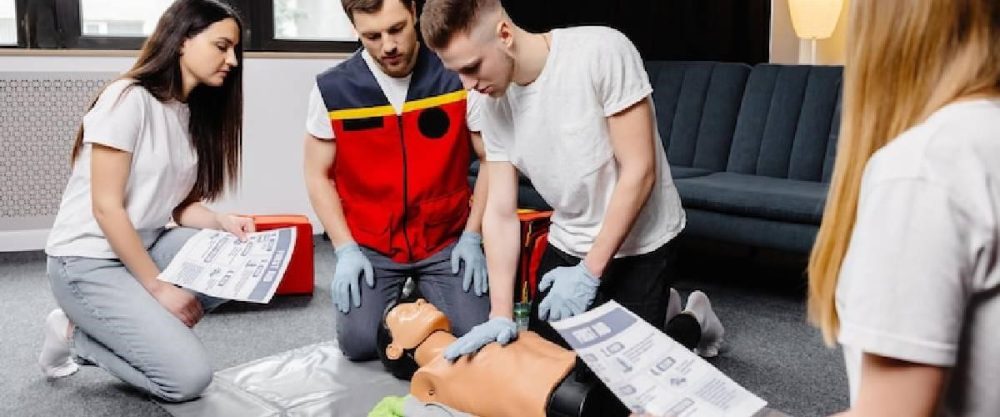Millions of people get on the road every day for work, school, or fun. Driver education focuses on traffic regulations, safe driving habits, and how to operate a car, but it often leaves out one very important area: first aid. Accidents on the road can happen in a matter of seconds, and other vehicles are generally the first to arrive. Knowing first aid not only saves lives, but it also makes drivers more confident and responsible. That’s why it’s becoming more and more important to include first aid in driver education, such as programs like First Aid Training Wagga.
The Reality of Road Accidents
Automobile accidents remain one of the leading causes of serious harm or even death worldwide. Emergency services strive to reach victims as quickly as possible; but even so, those not involved could delay responding adequately causing victims more suffering than necessary before medical assistance arrives.
Training from CPR First Aid Pro can have a tremendous effect in the first moments after an accident by teaching drivers basic CPR techniques, controlling bleeding and caring for unconscious victims.
Why First Aid Belongs in Driver Education?
Drivers can avoid accidents by learning the rules of the road. First aid training tells students what to do when accidents happen, even though they took precautions. When you put them together, you have a more responsible and ready group of drivers.
Teaching first aid to new drivers will make sure that they not only know how to drive safely, but also how to handle crises well. For example, an HLTAID011 first aid course teaches you how to do CPR, care for wounds, treat burns, deal with shock, and a lot of other situations that could happen in a car accident.
Building Confidence to Act
Many drivers claim they wouldn’t know what to do in an emergency if involved in an accident, fearing missteps and being scared themselves. Structured programs like first aid training in Wagga provide you with hands-on skills and self-belief to overcome such doubts.
Through scenario-based learning, drivers can practice how to respond in automobile accidents – for instance assisting an injured passenger, stabilizing someone with spinal trauma and administering CPR to someone who has suddenly stopped breathing.
CPR: A Lifesaving Skill for Drivers
Knowing CPR is very important because severe collisions might cause cardiac arrest. CPR First Aid Pro and other specialists provide programs that teach drivers how to do chest compressions and rescue breathing the right way. If done quickly before help arrives, this skill can double or triple your odds of survival.
By teaching drivers CPR, we provide more individuals on the road with the tools they need to save lives.
The Broader Benefits
Teaching first aid as part of driver instruction helps not just the accident victims, but also the whole community. Drivers go through cities, towns, and rural locations, and their talents can be used in any situation.
Employers would also profit, since many jobs need workers to get certifications like the HLTAID011 first aid training. By adding training to driving education, teens would get a driver’s license and a nationally recognised qualification, which would make them more likely to get a job.
Conclusion
It’s not enough to only stop accidents from happening; you also have to be ready for what occurs when they do. By include first aid in driving instruction, we make sure that every licensed driver is not only a safe road user, but also someone who could save a life. There are clear ways to reach this goal, including as first aid training Wagga, skilled instruction from CPR First Aid Pro, and nationally recognised courses like the HLTAID011 first aid course. It is not only a good idea to teach first aid to drivers; it is a duty that society can no longer ignore.
